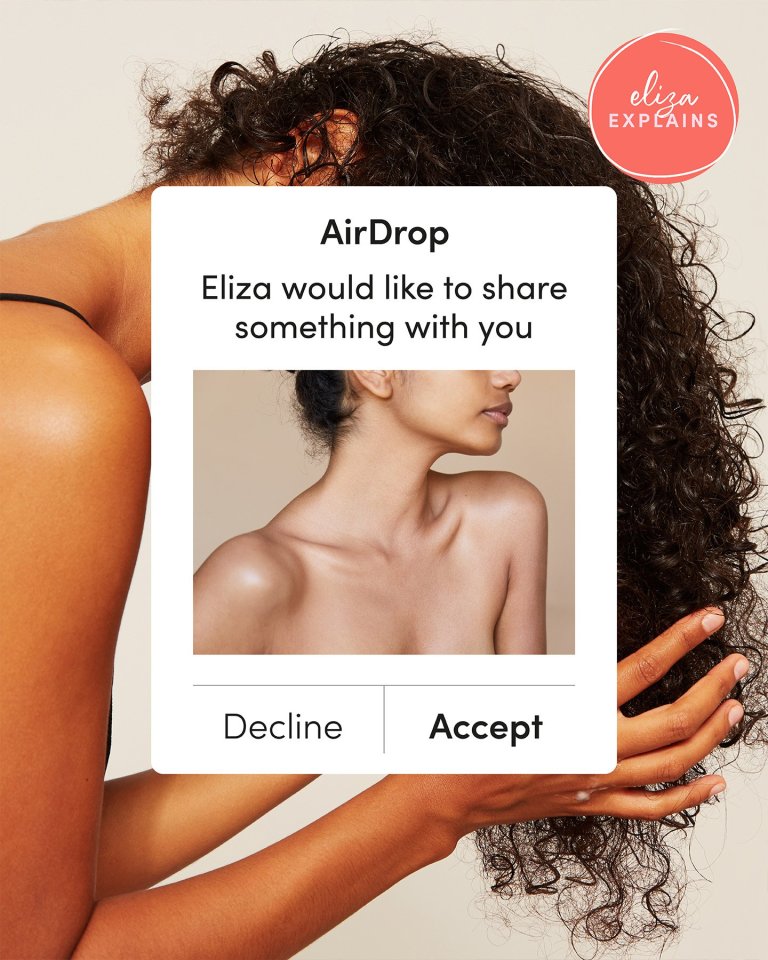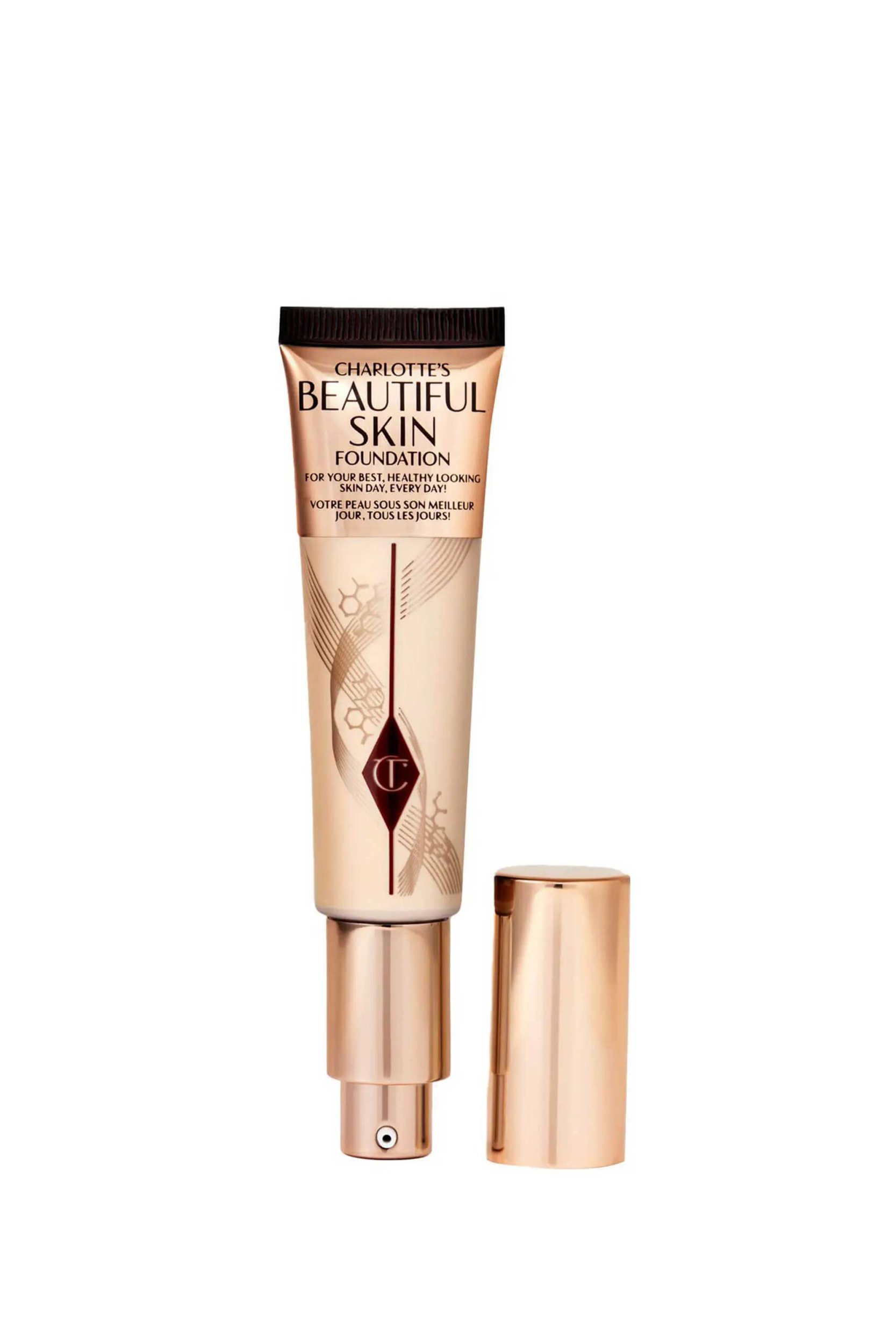De-mystifying certain ingredients, clarifying how to apply products, and revealing everything you’ve always wanted to know about skin types; Eliza Explains will fill you up with beauty knowledge.
As a beauty editor, I’m often asked for advice on which viral trends and buzzy ingredients are genuinely worth the hype – and for good reason. While ingredients like retinol or azelaic acid might sound exciting, there’s no point investing your hard-earned cash in a product that’s nothing more than a load of marketing spiel. It’s always fun to work out which trending TikTok products work for real life and which are nothing more than smoke and filters, but my real passion lies in following the more subtle shifts in the market that hint at the wider trends to come. And, trust me, while it started slowly, there has been no development more widespread in recent years than the ‘skinification’ of beauty.
What is skinification and why are beauty brands getting in on it?
While proven formulations with potent ingredients once reigned supreme, these beauty brands are all taking a more hybrid approach to product development. Now, everything from shampoos to foundations can provide a plethora of hardworking actives with skincare-like benefits.
But is there any real benefit to infusing our hair, body and makeup routines with an abundance of hyaluronic acid, vitamin C and AHAs, or is the concept of skinification simply a marketing illusion designed to boost consumer spending in a post-pandemic world?
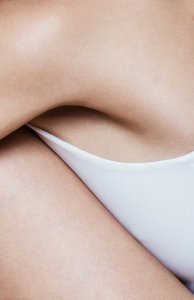
Where did ‘skinification’ come from?
Firstly, let’s turn back the clock: the year is 2014, and millennials are losing their collective shit over the launch of Glossier – a direct-to-consumer beauty brand from Into The Gloss founder Emily Weiss. There has been a lot of pre-launch hype on Twitter and Instagram and the plasterboard-pink aesthetic, pared-back product offering and “skincare first, makeup second” ethos feels like a breath of fresh air in a rather stagnant beauty industry. It was the moment that a whole new beauty landscape opened up, defined by and created for 20-somethings who had previously been shopping the same mainstream beauty brands that existed pre-internet.
Predictably, a whole host of brands followed. The likes of Milk Makeup, The Ordinary, The Inkey List and Glow Recipe launched with huge success to an eagerly-awaiting millennial market in the years after. People like my peers and I were excited to try seemingly new and interesting skincare ingredients (lactic acid? Sure!) and playful makeup formulations (cannabis-infused mascara? Why not!). But consumers tended to fall into two distinct camps: those that were seeking out the formula-first products, like The Ordinary’s cult Buffet Peptide Serum, £14.30, and those that were less focused about potency but wanted their products to look cute. I’m looking at you, Glossier’s Milky Jelly Cleanser, £15.
Shop the products
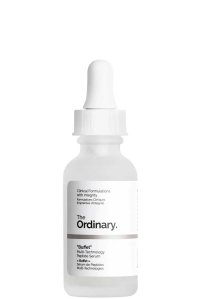
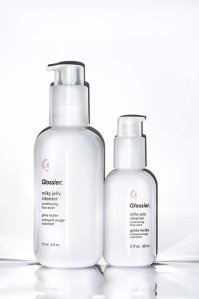
*Eliza may earn commission on sales from these product links
But then 2020 hit and everything changed.
How did attitudes to beauty change as a result of the pandemic?
With all of us spending more time at home than ever before, many of our beauty rituals and routines fell by the wayside. We began to question what the point of our product collections were: which ones could we truly deem essentials, and which could be culled; how did using them make us feel and, if we weren’t being seen by the outside world, did our products really have a purpose at all?
For many of us, myself included, beauty became an opportunity to turn inwards – an act of reflection and self-care during turbulent times. And, of course, for this, we needed products that were truly nurturing. Enter the skinification of our beauty routines.
Personally speaking, it quickly became apparent that my bathroom cupboard – overflowing with full-coverage foundations, lash-lengthening mascaras, tan-infused body lotions and texture-boosting hair sprays – was basically redundant during lockdown. Instead, I found myself reaching for products like Verso Body Lotion, £55, a nourishing formula packed with niacinamide, allantoin and vitamin E that soothes irritated skin and basically acts like a comfort blanket for your limbs.
Post-pandemic skincare, hair and makeup trends
My usual foundation was switched out in favour of L’Oréal Paris True Match Nude Plumping Tinted Serum, £14.99, a 1% hyaluronic acid serum with a subtle pop of pigment for natural, dewy skin. And I finally started viewing my scalp as an extension of my face (it is skin, after all) and experimenting with products to target its health – both Gallinée’s Prebiotic Scalp and Hair Serum, £26, and The Inkey List Salicylic Acid Exfoliating Scalp Treatment, £14.99 remain staples in my haircare routine thanks to their ability to reduce both excess oiliness and irritation.
Shop the products

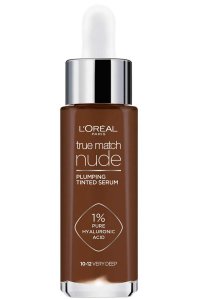
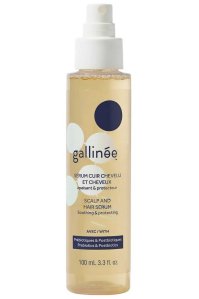
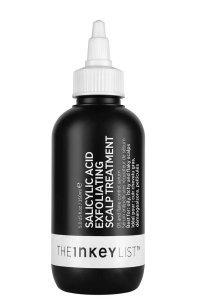
*Eliza may earn commission on sales from these product links
Which are the best new beauty brands using ‘skinification’ to know in 2022?
Post-2020, we have seen the likes of new brands such as Tower 28, a vegan makeup line for sensitive skin, and Pacifica, a high-performing wellness brand of body and haircare, landing on UK soil to much acclaim. They combine some of that pre-pandemic aesthetic appeal of the Glossiers and Milk Makeups of the world, but with an ingredients-first approach.
Queer Eye’s Jonathan Van Ness recently launched JVN Hair, a range of products infused with hemisqualane to improve hair health over time, while Rosie Huntington-Whiteley released concealers brimming with vitamin E and skincare-enriched blushers as part of her Rose Inc line. There’s no doubt that skinification has the beauty business booming.
Are any established beauty brands adopting the ‘skinification’ trend?
And it isn’t just new brands turning their attention to the benefits of skincare ingredients, either. Charlotte Tilbury’s Beautiful Skin Foundation, £34, the brand’s latest launch, is so focused on the importance of using clinically-proven ingredients like hyaluronic acid that it actually claims to improve the appearance of your skin with each wear – a truly hybrid approach to makeup. And the likes of Drunk Elephant, Augustinus Bader and The Ordinary have all transitioned into the world of haircare, putting their skincare knowledge and process into scalp-friendly formulations designed to genuinely improve the condition of your hair long-term.
“Consumers genuinely want to see, feel and measure the difference of their hair – not to just be told that it looks and feels different,” explains Eva Proudman, Chairman of The Institute of Trichologists. And, for Proudman, achieving this consumer trust relies on the creation of genuinely efficacious formulations and using ingredients that “actually deliver what they say they will.”
Which ingredients should I be looking out for in hair products?
When it comes to hair, she recommends seeking out formulas that include glycerine to help hair retain hydration, wheat and vegetable proteins for volume, cade oil to reduce inflammation or itchiness, and collagen amino acids to strengthen hair from within.
So what does the beauty landscape look like now that life is returning to our new normal? Sure, there’s been the resurgence of Y2K trends – and all the frosted eyeshadow and hairspray that come with it – and initial ecommerce reports seem to suggest that lipstick sales have been surging as legislation around mask-wearing has come to an end, but there’s no doubt that consumer buying habits have changed dramatically. Skincare, rather than makeup, now dominates the bestseller lists at retailers both online and IRL, with consumers moving away from products designed to conceal and cover and towards ingredient-led formulations that have genuine results.
In fact, just last week a friend joked to me that she no longer saw the point in wasting her Estée Lauder Double Wear Foundation, £35, on a workday at the office when half her colleagues wouldn’t even be there to see her. Instead, she’s been spending time researching the benefits of investing in an eye cream (the jury’s still out) and she’s recently purchased The Body Shop Vitamin C Glow Boosting Moisturiser, £16, to inject her skin with a little luminosity. This is the same friend that, pre-pandemic, genuinely used to use aftersun as her year-round face moisturiser.
Which are the best hair products applying skinification?
There’s no doubt in my mind that the skinification of products across hair, body and makeup will continue to dominate in 2022. This week alone, I’ve tried a new shampoo from Pacifica brimming with hyaluronic acid, hydrolysed quinoa and wheat proteins and avocado oils to nourish curls, an AHA-infused body serum from REN to exfoliate and brighten lackustre limbs, and have been recommending the strand-softening JVN Hair Complete Air Dry Cream, £21, to everyone I know for effortlessly healthy ‘cool girl’ hair.
Shop the products
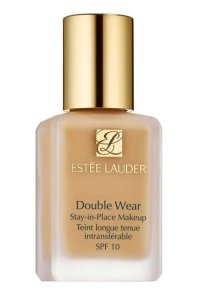
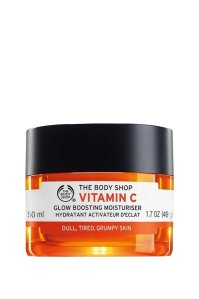
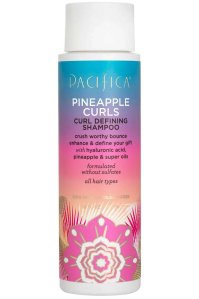
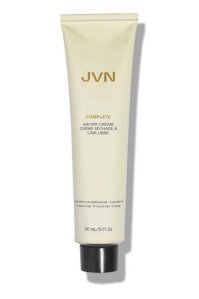
*Eliza may earn commission on sales from these product links
What about ‘skinification’ for makeup?
However, I think that the real sector to keep an eye on will be makeup, as brands clamour to infuse everything from foundations to lipsticks with proven ingredients in an attempt to reclaim their place as leaders in the beauty space. “It’s a win-win if you can have a skincare-makeup hybrid [as] you get the instant aesthetic wins, as well as the more long-term nourishing skincare benefits. I can certainly see it growing in popularity,” agrees celebrity makeup artist Gia Mills. But as a professional MUA, Mills does point out that, for her, the ingredients list of a product is definitely a bonus rather than an essential – “Makeup comes first, the skinification factor comes second” – and while her clients love learning about the skincare benefits of hybrid formulations, they tend to love good, efficacious makeup first and foremost.
Whatever happens, one thing is for sure: as consumers we are more informed, educated and knowledgeable about beauty than ever before and that means beauty brands are going to be kept on their toes. The rise of skinification means that we are demanding products that work, from head to toe, and that can only be a good thing.
